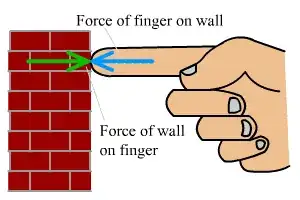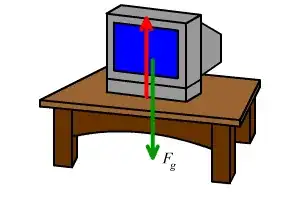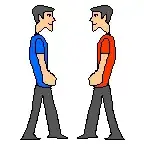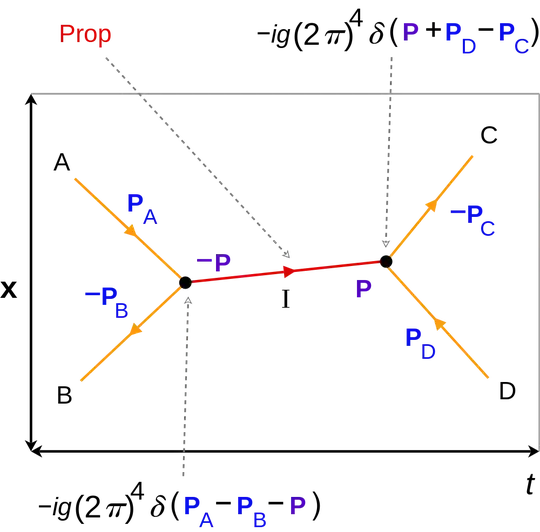The reaction is instantaneous, without delay, and I will show this by a simple thought experiment.
Say you push your hand against a wall. Your hand exerts a force against the wall. Does the wall push back at the same moment? Of course, and here's why.
Suppose there is a delay between when you push the wall, and the wall opposes resistance. Then, during that interval, the wall is pushed with a force, and it doesn't oppose. Strange things happen, your hand goes through the wall for a brief time. Or maybe your hand manages to accelerate the wall with an infinite acceleration, because it doesn't oppose any resistance. But, since we don't see any of these happening, we must conclude that the wall reacts precisely at the same moment.
One respondent said that reaction can't appear instantaneously, because it will allow us sending information faster than the speed of light. There is no relation between these two. Reaction takes place in the same point where action takes place. The wall reacts at the same place where we push it. So, this has nothing to do with faster than light communication. The law of action and reaction is not about transmission of force, but about balance of forces, at the same point and time. It is not about the force at a distance.
In the example of earth and moon, it is true that the gravity exerted by moon to the earth equals that exerted by the earth to the moon, but not because action and reaction at a distance. Consider instead of the moon, an electron which is created together with a positron. It will feel instantaneously the force of the earth, but it will take some time for the earth to feel the force of the electron. One may say that the earth feels the force exerted by the photon which generated the pair electron-positron. Then, what if the photon was heading toward the earth, with the speed of light, of course? Could its gravity reach the earth before the photon? No. So we need to apply action-reaction principle differently. The electron is in the gravitational field, and it is the field which exerts the force to the electron, and the electron's reaction force opposed the field, not the earth directly.
Update. A picture is worth a thousand words.
Action and reaction:
Source.


Not action and reaction:
Source.

Cause and effect:
Source





